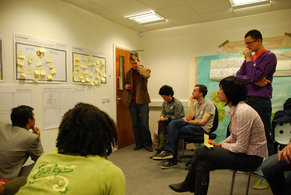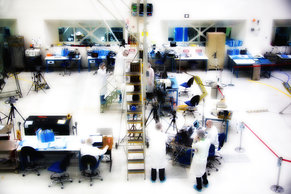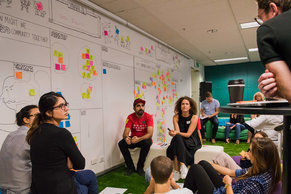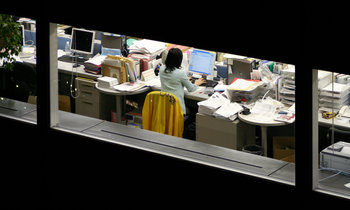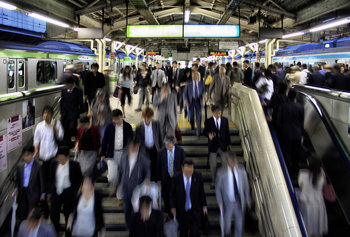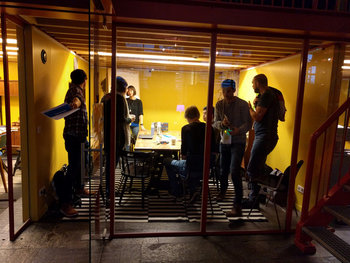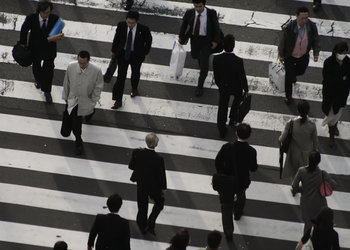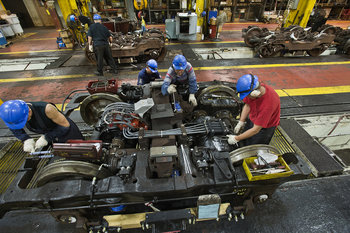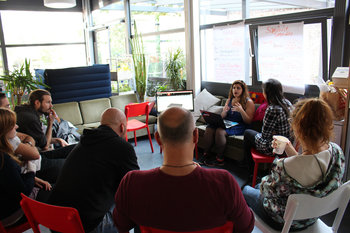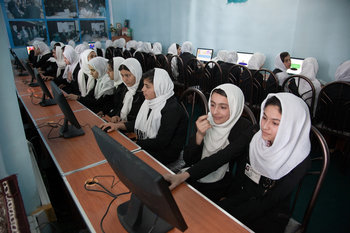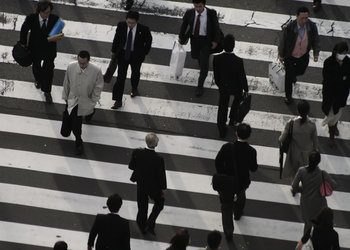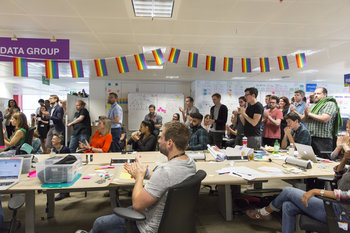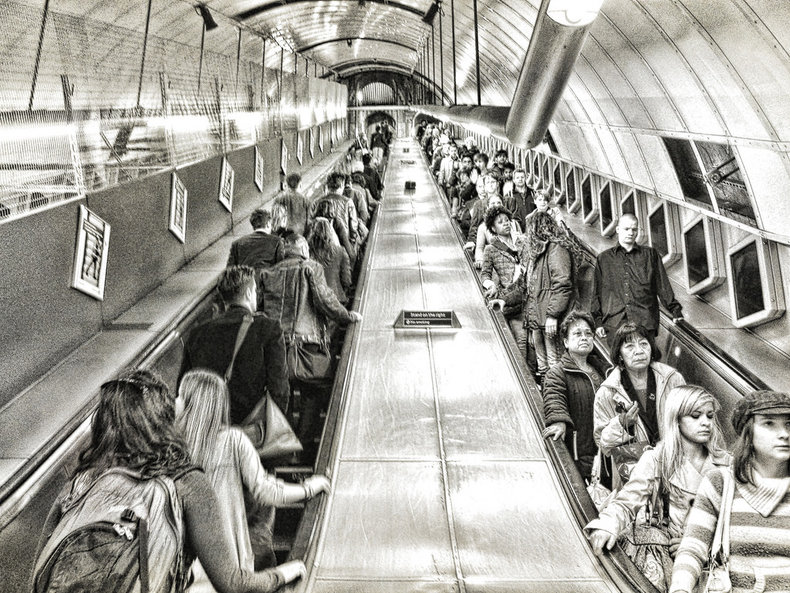
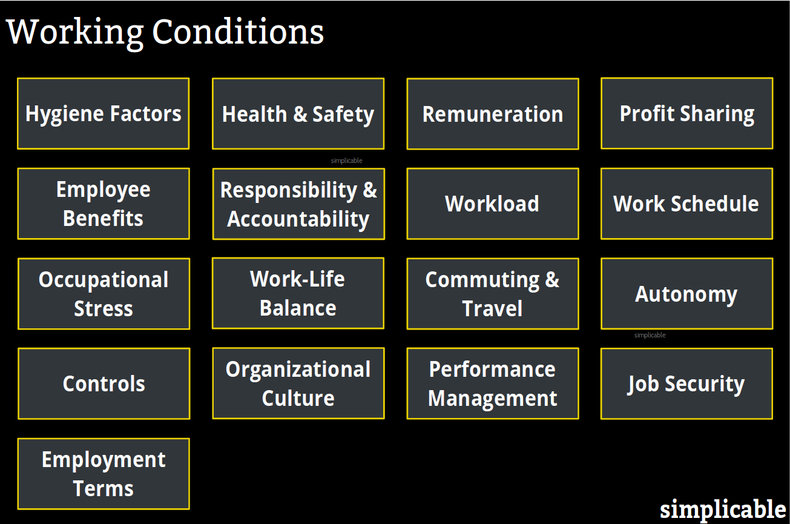
Hygiene Factors
Hygiene factors are basic expectations that employees have of a working environment. When these conditions aren't met, employees become extremely dissatisfied. For example, an office worker may expect a comfortable chair and a lunch break.Health & Safety
A healthy and safe environment. Workplace related illness and injury are a common problem in many industries. Efforts to make a job healthy and safe may include processes, procedures and safety equipment.Remuneration
Gainful employment that provides a wage that is competitive given the talent of an individual and the demands of a job. Where working conditions are poor, salary may be increased as compensation. For example, a position that is stressful may be set at a higher pay level than an equivalent position that isn't stressful.Profit Sharing
Plans that allow employees to share in the success of a firm such as the granting of stock.Employee Benefits
Non-wage compensation such as insurance, disability income protection, pension, parental leave, daycare, education support, vacation, sick leave, housing allowances, commuting expenses and wellness programs.Responsibility & Accountability
The responsibilities and accountability of a position. For example, a position that includes burdensome or high-risk responsibilities as compared to a position that has highly achievable objectives.Workload
The intensity and hours of work. For example, 40 hours of work with light content such as long meetings as opposed to 50 hours on a fast moving assembly line that involves physically exhausting work.Work Schedule
The working schedule of a job. Employees typically prefer a standard, predictable schedule. Irregular hours that change week to week can decrease employee satisfaction. Short shifts may not be worth the effort of a commute and disruption to schedule. Overly long shifts can be exhausting. Work during non-standard hours can disrupt sleep and social interactions.Occupational Stress
Stress related to workload, schedule, office politics, workplace conflict and inherently stressful activities such as fielding complaints from dissatisfied customers.Work-Life Balance
Work-life balance is the degree to which an employee feels that their job compliments and supports their quality of life as opposed to reducing it.Commuting & Travel
Employees commonly find commuting and travel to be stressful. For example, an employee who can walk to work may be more satisfied than an employee who is often stuck in long traffic jams.Autonomy
The degree of freedom that an employee enjoys in their work. In many cases, knowledge workers are given significant leverage to achieve their objectives according to their own style and methods.Controls
The internal controls that an employer implements to ensure employee compliance to rules, regulations and norms. Controls can improve employee satisfaction if they make a workplace more efficient and civil. Alternatively, controls may be viewed as an administrative burden or needless paternalism.Organizational Culture
The norms, expectations and shared symbols of an organization that evolve over the course of its history. For example, an organization that expects common courtesies such that coercive or rude behavior is not tolerated may improve employee satisfaction.Performance Management
The process of setting goals, evaluating performance, rewarding performance, promoting people and handling low performance.Job Security
The likelihood or perceived likelihood that employment will be terminated. Generally speaking, employees become extremely dissatisfied if they feel they are likely to be dismissed. As such, an environment of stable employment where employees are regularly provided with feedback can improve working conditions.Employment Terms
The legal terms of an employment contract. For example, non-compete clauses and other terms that restrict an employee's freedom to pursue their profession after they leave a firm.| Overview: Working Conditions | ||
Type | ||
Definition | The demands, environment and terms of a job that influence the satisfaction of employees. | |
Related Concepts | ||

